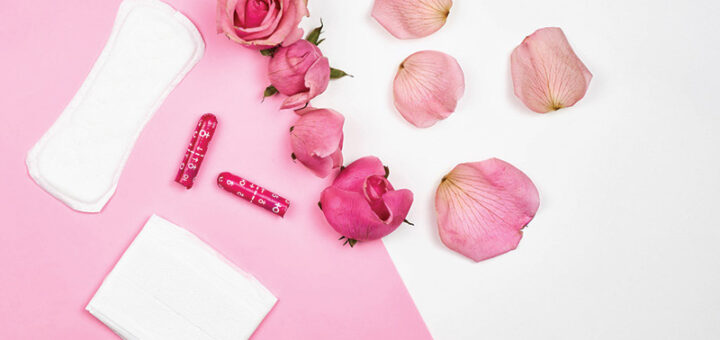Pink Tax & Pink Facts

Abbie Riglin, Photo Editor
The pink tax, or gender-based price discrimination is a global issue so prevalent the United Nations even went so far as to call for countries to reduce this gap. But the pink tax affects more than just big countries, it also affects people in their everyday lives.
It’s easy to be oblivious of the pink tax when there are so many problems in our world economy. But sometimes I wonder why I’m broke, and then I remember I’m a woman.
It’s not for a lack of trying, I budget accordingly, I shop from my parents’ pantry, I mooch streaming services and I’ll jump on anything that’s free. But still, at the end of most months I find more money gone than gained in my account.
I started really thinking about this when I moved out on my own for the first time. In a way it’s the first time you actually have to pay attention to prices because you’re no longer just throwing something into the cart for your parents to pay. Looking at the prices, I noticed that products targeted towards women were significantly more expensive. This included everything from toiletries to clothes.
Obviously, I couldn’t be the only one noticing this, so like every good woman with a grudge to bear against the patriarchy I did my research and came across the ‘pink tax.’
According to a study done by ParseHub in 2016, individuals in Canada buying female products pay more than 40 per cent over what men pay because of the pink tax. This includes products such as deodorant, razors, shampoo, clothes and even haircuts. The same study repeated years later found the divide seems to be even bigger. According to their 2021 study, women are paying 50 per cent more for hygiene products compared to men. They also concluded that women paid over 65 per cent more per 100g of body wash.
As someone who rejects gendered products, this doesn’t affect me as much as it does other women who present more feminine, but sometimes I don’t have a choice and have to purchase products that fall under the pink tax, the biggest being menstruation products. These are products that individuals have to buy for obvious reasons and going without or with too few could result in health issues, but still these products are expensive and often unaffordable.
This is known as period poverty, defined by the United Nations Population Fund as something that affects many low-income individuals because of the financial burden posed by menstrual supply costs, causing economic vulnerability.
On a less health related note, possibly my least favourite price hike are haircuts. Until about a year ago I had long hair, but still got the lowest maintenance hair cut possible. It was never more than an inch off, pretty much a blunt cut, no styling, and often left with it still wet. Still, this cost me over $40.
Now my hair is short and resembles more of a typical men’s style (I’m being generous but think Timothée Chalamet), and when I get a haircut it’s often the same treatment as you would get if you were a man.
Now guess how much I pay.
If you said less than before you would be wrong. I’m still technically labeled as a women’s haircut, not because of the style, but because I’m a woman. I know this because I watched a man with the same hair texture get the same cut as me and he was charged $15 less.
Of course I’m upset but this is unfortunately something I’ve just learnt to deal with, and as a woman you get used to the subtle disadvantages in everything from expensive products, an unfair wage and lack of professional respect.
But I’ve also found ways to fight against the ‘pink tax’ and the disadvantages that come along with it. Picking gender neutral products and supporting companies that strive to be gender neutral is the best way to combat this as it takes away the demand for traditionally feminine products.
It’s all about accountability and showing companies what you want. Keep them accountable so you can keep on budget, and maybe let yourself splurge every once in a while.



